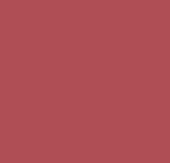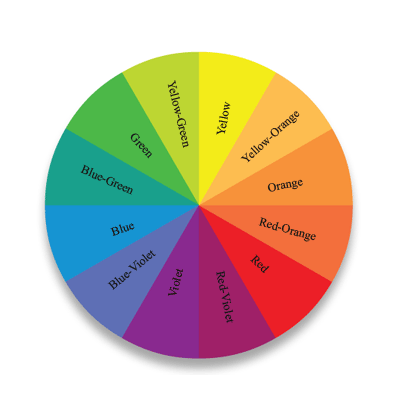As an art historian and curator, I look for images every day. I try to find the best images that available, so that the faculty where I work will show the best possible reproductions in their art history classes to their students. I make sure the images are optimized and cataloged correctly.
Nine times out of ten, I find images that are most definitely NOT the right color. Perhaps the photograph was taken with a poor quality camera, in poor lighting conditions, and/or the person posting it just can't see color well (or doesn't care), and/or doesn't know how to fix it.
Not everyone has Photoshop, nor do they necessarily know how to use it.
This artist, Corinne Vionnet, has created a video that I think captures this dilemma for me. Check it out here: Corinne Vionnet - it is a short video of 94 images that clearly shows the many variations of Monet's "Impression, Sunrise" found online.
Screen grab from video

























